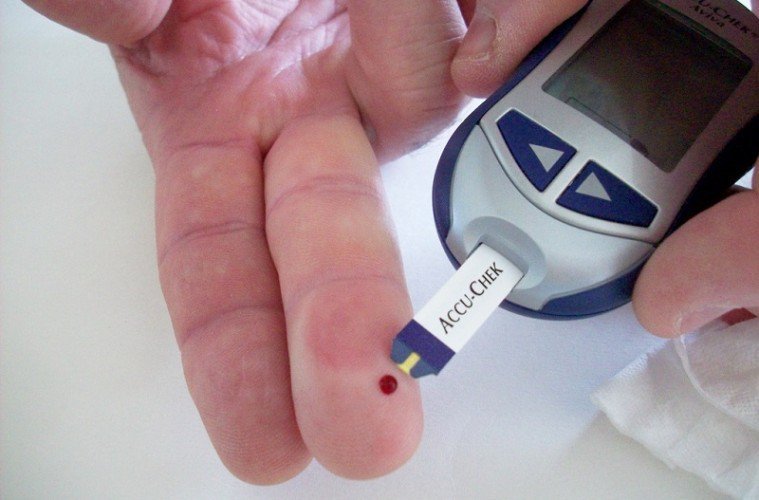While research suggests that type II diabetes may be reversible through dietary changes, type I still has researchers confounded. As Science Alert explains, diabetes "involves the loss of functioning beta cells in the pancreas: either these cells die (type I diabetes) or they don't do as they're told (type II diabetes)" and while "scientists have been trying to replace these damaged or dead beta cells with healthy ones," those cells are always destroyed by the patient's own immune system.
There Is Hope
Fortunately a US patent has just been approved for what could be the first functional cure for type I diabetes. This involves combining cells that deliver insulin with a technology that allows them to hide from the immune system - for years at a time. Called 'Melligan cells,' they can produce, store, and release insulin according to the levels of human blood sugars.
Scientists from the University of Technology Sydney (UTS) have been genetically engineering these cells over the past several years to function in the same way that beta cells would in non-diabetics, releasing insulin in response to blood sugar levels. Last year the team was able to successfully reverse type I diabetes in mice, but while their results were promising, the mice were immunocompromised, meaning they still didn't have any immune response. In the human body these cells would still be attacked.
The Patent
The scientists of UTS have now joined up with US biotechnology company PharmaCyte Biotech, which has developed a product called Cell-In-A-Box that, in theory, can encapsulate Melligan cells and hide them from the immune system so they are not attacked. Lead researcher Ann Simpson remarks:
By keeping the Melligen cells encapsulated in a coating that is friendly to the immune system, the patented Cell-In-A-Box should be able to effectively 'hide' in the pancreas. Made of cellulose, this coating will allow molecules to move in and out, even letting the Melligen cells know when the blood sugar is low and when insulin needs to be produced. Simpson continues:My team and I are extremely pleased that the US patent for the Melligen cells has been granted. This takes us a step closer to releasing diabetics from the need to inject insulin daily and, more importantly, protecting them from the debilitating complications of the disease such as blindness, kidney failure and cardiovascular problems.
This new technology can remain in the body for at least two years without damaging it, which means it could prove a lasting solution for type I diabetics. For now, we will just have to wait and see what the first human trials show. If successful, we will be one step closer to curing this widespread disease. PharmaCyte's CEO Kenneth Waggoner explains:This is a culmination of many years' work by our group and we look forward to working with PharmaCyte's Diabetes Consortium to utilize the Cell-in - a-Box technology to encapsulate the cells for preclinical trials aimed at curing diabetes.
We anticipate that the capsule technology will protect the Melligen cells from the body's immune response that normally destroys foreign tissue, allowing the Melligen cells to be transplanted into humans.
This truly is a remarkable discover and hopefully we will be able to see the benefits for those living with type-one diabetes in the near future.For the millions of people worldwide who suffer from a disease of epidemic proportions, our treatment could relieve them of the onerous daily requirements for insulin administration and dietary restrictions and offer a life free from the very serious and even life-threatening complications associated with diabetes.
Much Love




Comment: Harvard and Columbia announced potential cures for Type I diabetes in the last two years and neither have produced anything applicable for humans. What's the chance of this current method producing a cure and, most importantly, will Big Pharma even allow such an insult to their diabetes cash cow? There's no profit in a cure.
----------------------------------------
Yes, but it's not a cure, just another treatment, and probably a very expensive one at that.